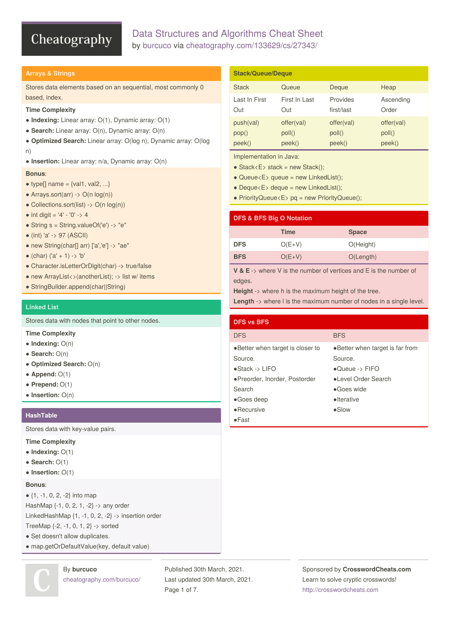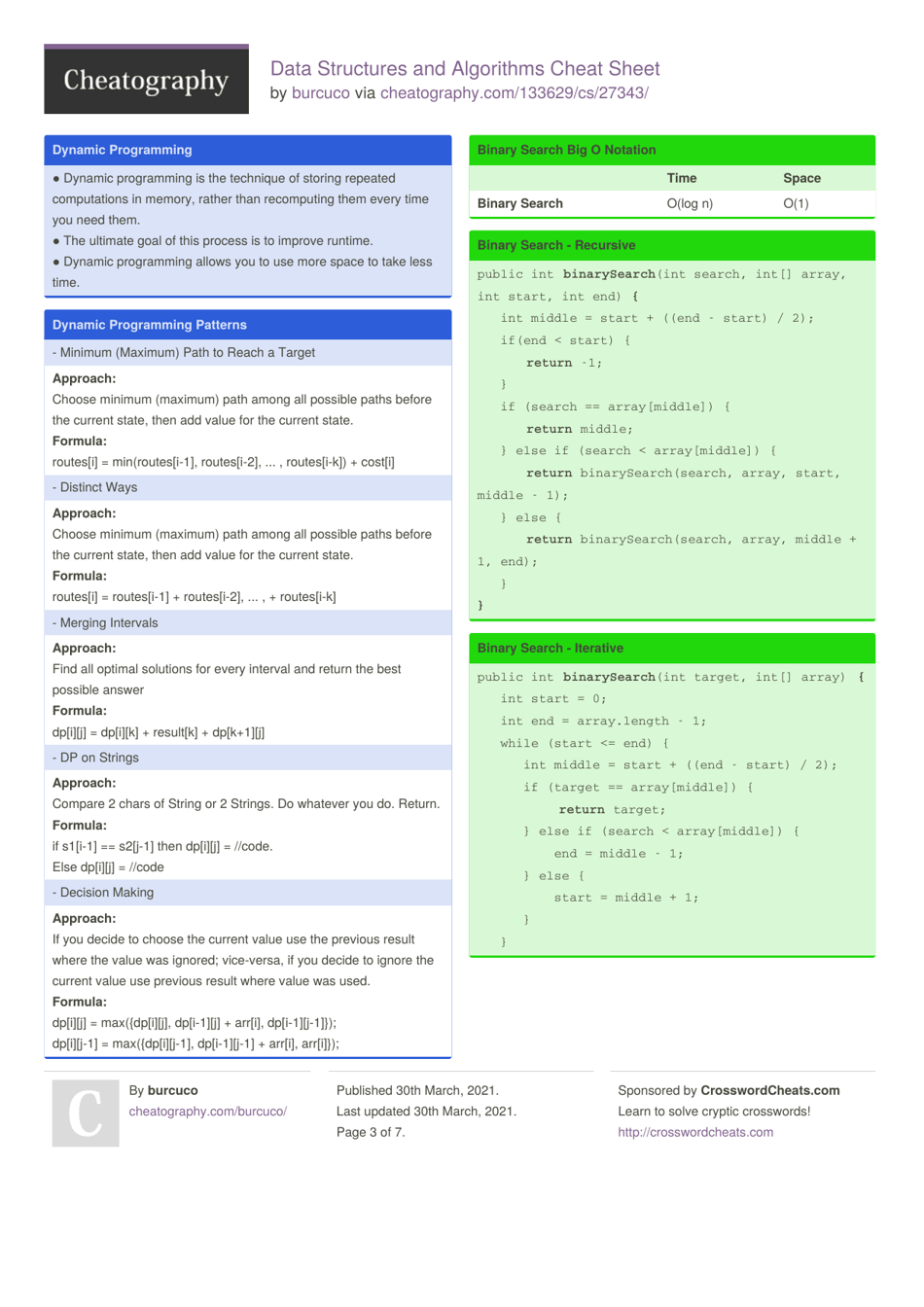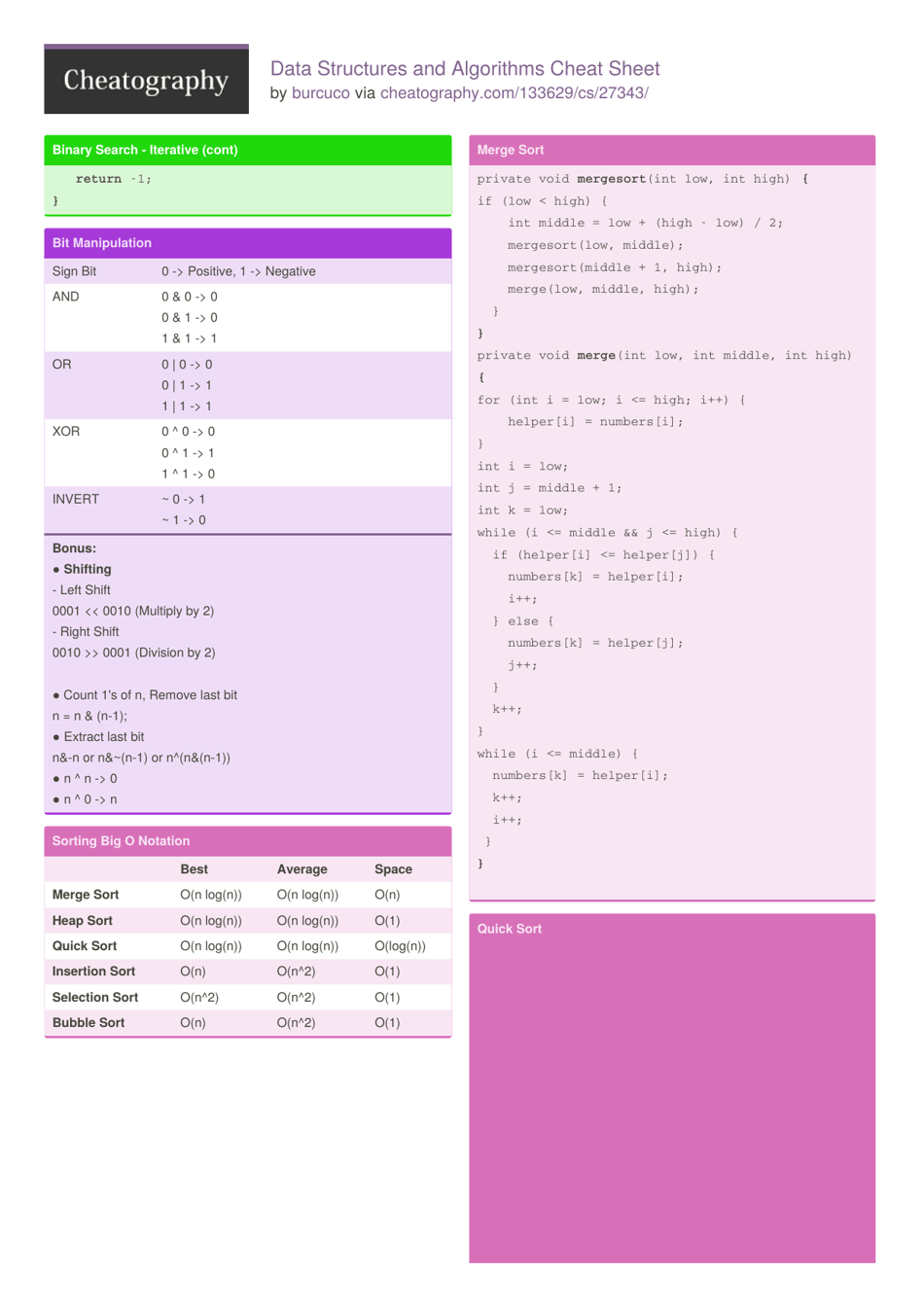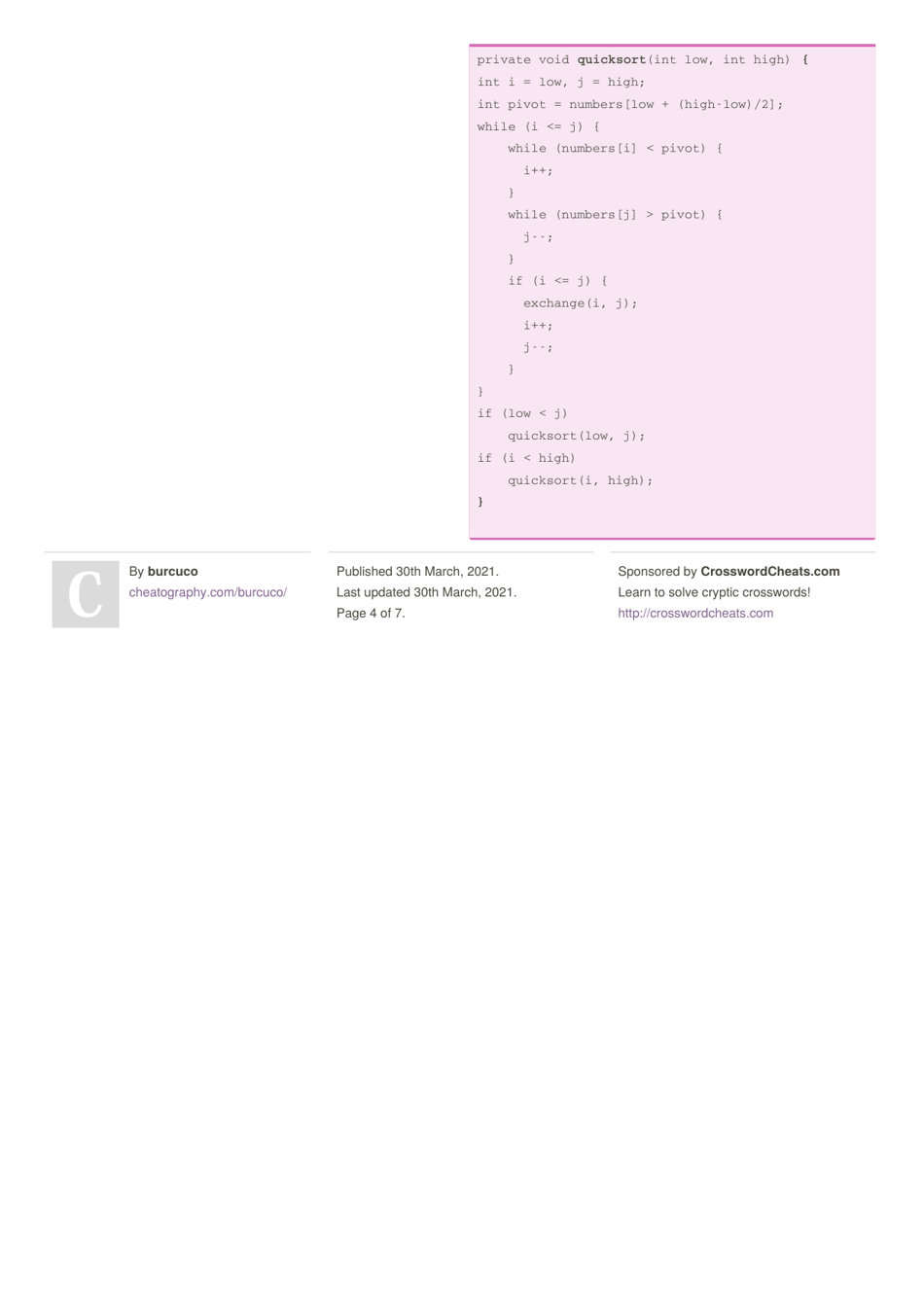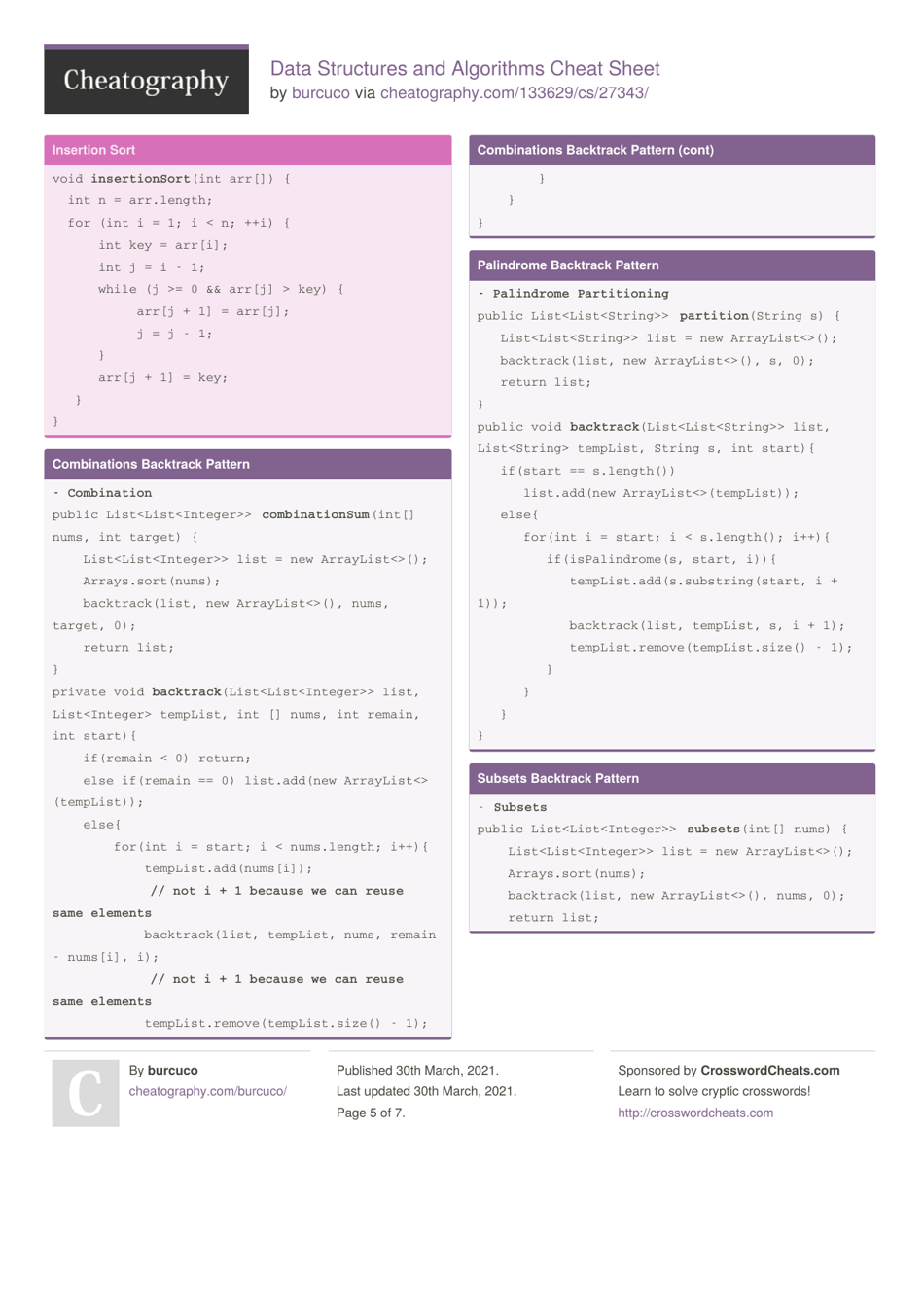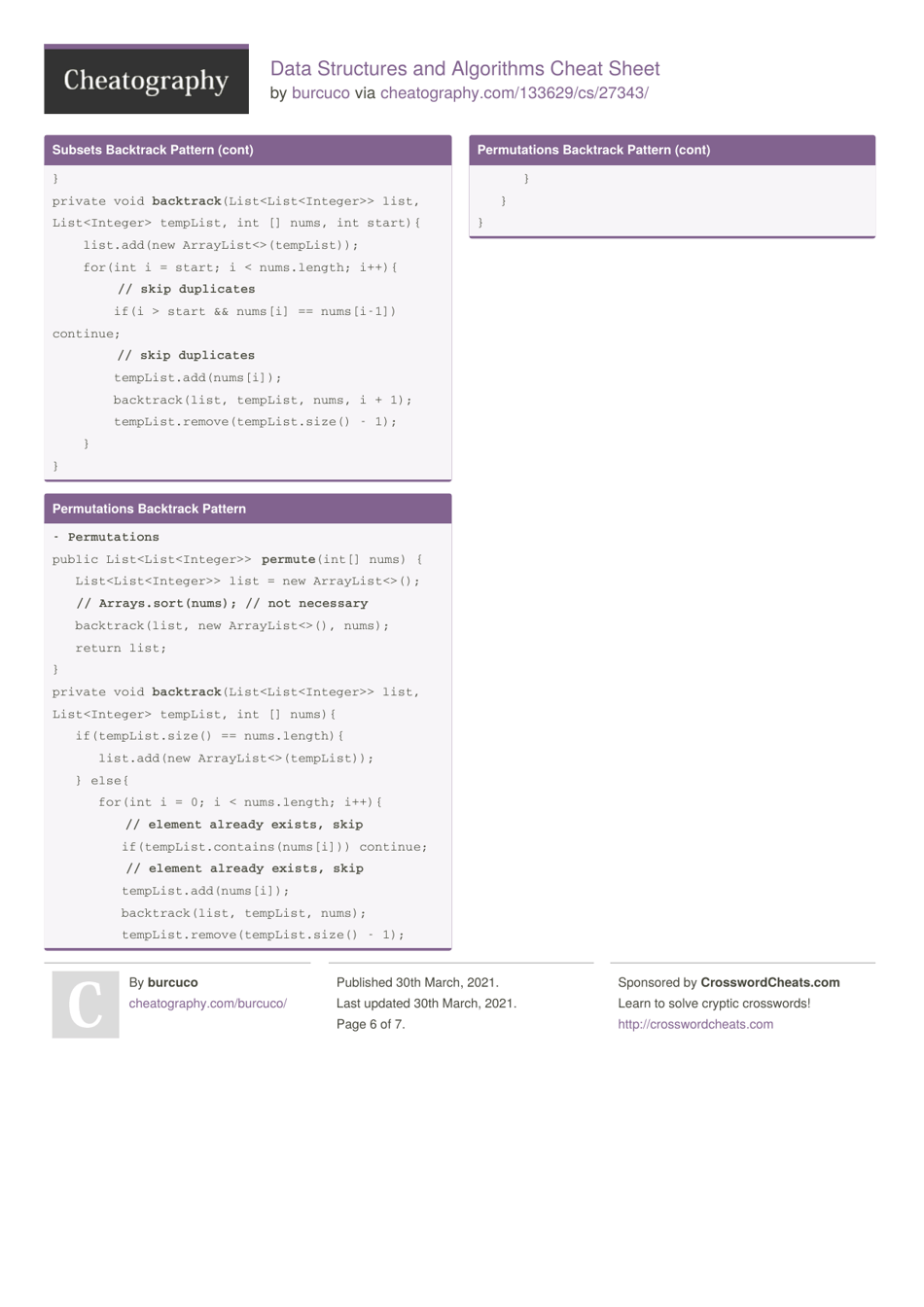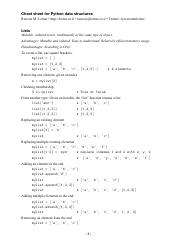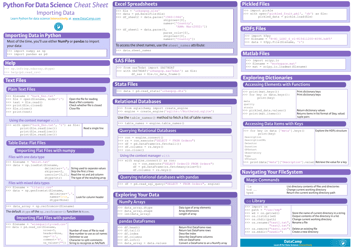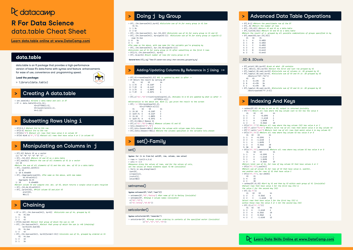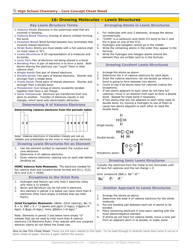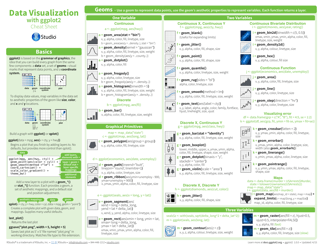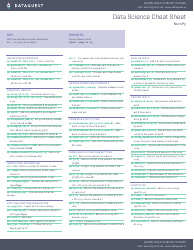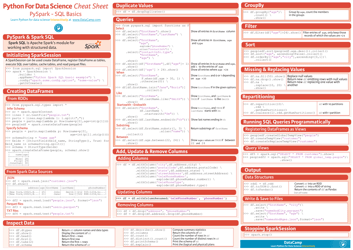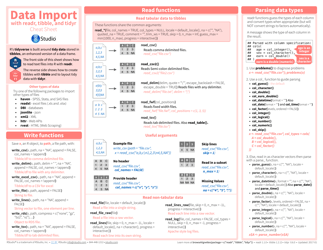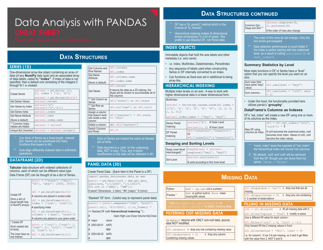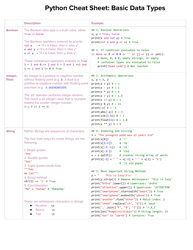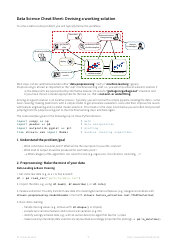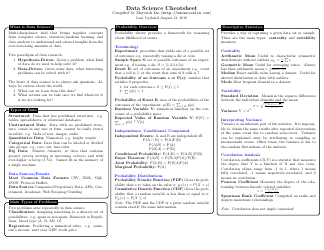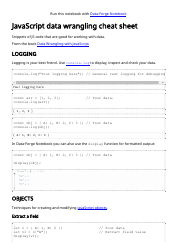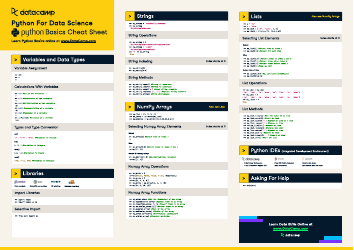Data Structures and Algorithms Cheat Sheet
A Data Structures and Algorithms Cheat Sheet is a condensed reference guide that provides quick and handy information about different data structures and algorithms. It helps programmers and computer science students to quickly review or look up key concepts, syntax, and code snippets related to data structures and algorithms, making it easier for them to solve programming problems efficiently.
The data structures and algorithms cheat sheet can be filed by anyone who creates or uses it, such as programmers, students, or educators. There is no specific entity or organization responsible for filing it.
FAQ
Q: What is a data structure?
A: A data structure is a way of organizing and storing data in a computer system.
Q: Why are data structures important?
A: Data structures are important because they can efficiently perform operations on large sets of data.
Q: What is an algorithm?
A: An algorithm is a step-by-step procedure or a set of rules for solving a specific problem.
Q: Why are algorithms important?
A: Algorithms are important because they provide solutions to various computational problems and help improve efficiency.
Q: What are some common data structures?
A: Some common data structures include arrays, linked lists, stacks, queues, trees, and graphs.
Q: What are some common algorithms?
A: Some common algorithms include sorting algorithms (such as bubble sort, insertion sort, and quicksort), search algorithms (such as binary search), and graph algorithms (such as Dijkstra's algorithm).
Q: What is the time complexity of an algorithm?
A: The time complexity of an algorithm measures the amount of time it takes to run as a function of the input size.
Q: What is the space complexity of an algorithm?
A: The space complexity of an algorithm measures the amount of memory it requires as a function of the input size.
Q: What is the difference between a stack and a queue?
A: A stack is a data structure that follows the LIFO (Last In, First Out) principle, while a queue follows the FIFO (First In, First Out) principle.
Q: What is recursion?
A: Recursion is a programming technique where a function calls itself to solve a smaller version of the same problem.
